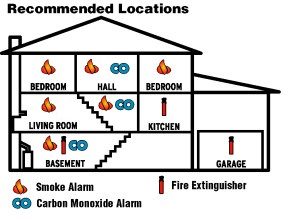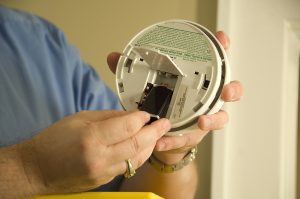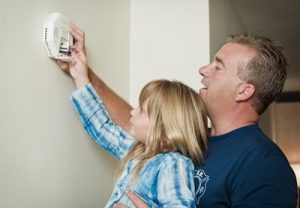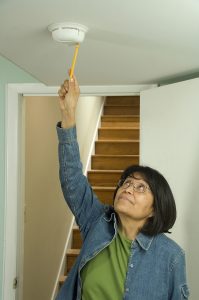In addition to the General Public Frequently Asked Questions (FAQ) shown below, please scroll down to view our Careers FAQ and our Smoke & Carbon Monoxide Alarm FAQ. Thank you!
Yes, we would love to have your group or family visit one of our fire stations! Station Tours should be booked at least two weeks in advance. We encourage our firefighters to always start all tours with safety education. Please keep in mind that the firefighters will be on-duty, which can delay their return to the station after an emergency call or take them away to an emergency during your visit. Tours last roughly 30 minutes (but can be shortened or lengthened according to the interests of the group). To request a tour, click the blue button below.
While we do not have birthday parties at our fire stations, we are happy to give the birthday boy/girl and guests an educational tour of the fire station on or around the special day.


 For more information, please read our printable Get to Know CO leaflet here.
For more information, please read our printable Get to Know CO leaflet here.
The best protection comes from alarms that are HARD-WIRED (also known as INTERCONNECTED), meaning they are tied into your electricity with a battery back-up. When one hard-wired alarm sounds in your home, they all sound! Most homes built since the 1990s have hard-wired alarms.





 We recommend making this a family activity, which will encourage everyone to stay familiar with the sound of the alarm and what actions to take when you hear it as part of your “home escape plan.” Follow the manufacturer’s instructions for your alarms.
If an alarm does not make a long, loud beep when you hold down the push button for several seconds, typically your first step in "trouble-shooting" will be to replace the battery then conduct the same test again. If your alarm still fails the push-button test after installing a fresh battery, double-check that the smoke alarm is not more than 10 years old ... and the CO alarm is not more than 5-7 years old. (The date of manufacture should be displayed on a small stamp or sticker on the back of the alarm; smoke alarms are designed to be replaced at least every 10 years, and CO alarms are designed to be replaced every 5 to 7 years.) If you believe your alarm has exceeded its reliable lifespan, your next step in trouble-shooting would typically be to replace the actual alarm, and consider doing so for ALL alarms in your home simultaneously so they are all the same age. However, if you believe an power outage or other problem with your electrical supply may have tripped up your hard-wired alarms, consider resetting the breakers and/or calling a certified electrician for assistance.
We recommend making this a family activity, which will encourage everyone to stay familiar with the sound of the alarm and what actions to take when you hear it as part of your “home escape plan.” Follow the manufacturer’s instructions for your alarms.
If an alarm does not make a long, loud beep when you hold down the push button for several seconds, typically your first step in "trouble-shooting" will be to replace the battery then conduct the same test again. If your alarm still fails the push-button test after installing a fresh battery, double-check that the smoke alarm is not more than 10 years old ... and the CO alarm is not more than 5-7 years old. (The date of manufacture should be displayed on a small stamp or sticker on the back of the alarm; smoke alarms are designed to be replaced at least every 10 years, and CO alarms are designed to be replaced every 5 to 7 years.) If you believe your alarm has exceeded its reliable lifespan, your next step in trouble-shooting would typically be to replace the actual alarm, and consider doing so for ALL alarms in your home simultaneously so they are all the same age. However, if you believe an power outage or other problem with your electrical supply may have tripped up your hard-wired alarms, consider resetting the breakers and/or calling a certified electrician for assistance.

